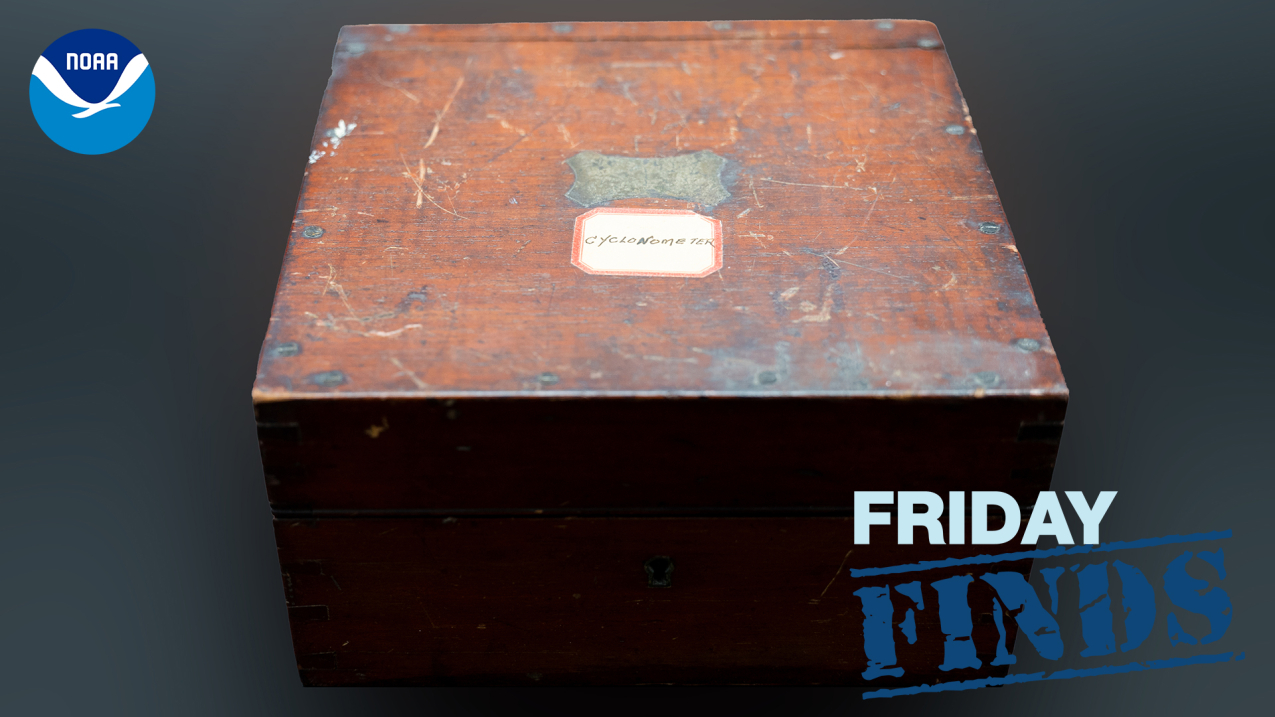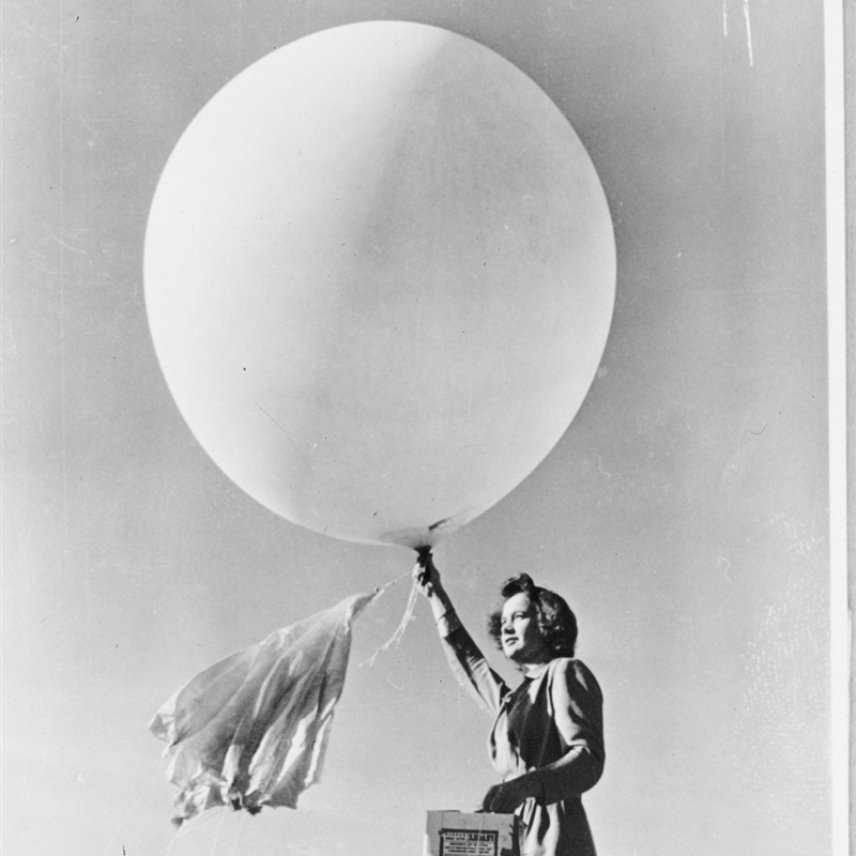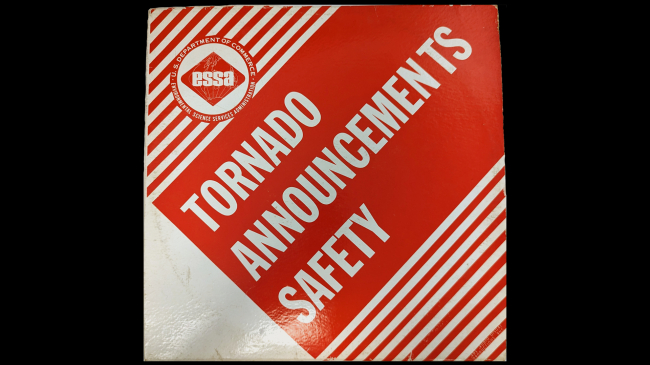This instrument in NOAA’s heritage collection is a barocyclonometer that may have been used by U.S. Coast & Geodetic Survey ships in the Philippines in the early 20th century to detect typhoons. These ships were charting the more than 7,600 islands of the Philippines after it became a U.S. protectorate at the conclusion of the Spanish-American War. Ship captains did not have today’s technology and needed barocyclonometers to get their ships out of harm’s way.
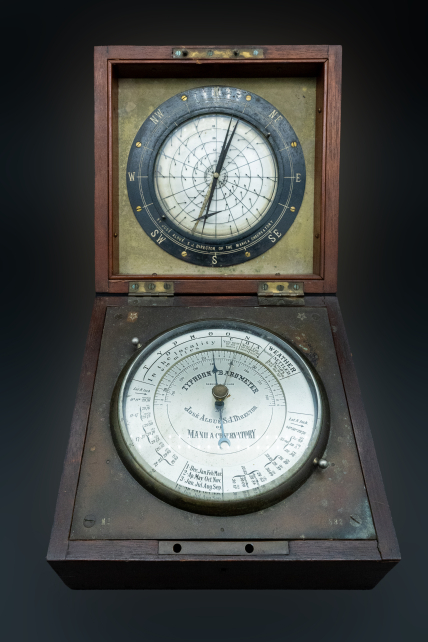
The barocyclonometer consists of two parts, a barometer and a cyclonometer. The barometer (bottom) could alert a ship’s captain that a hurricane or cyclone was coming based on changes in atmospheric (or barometric) pressure. Then, the captain could set the cyclonometer’s moveable parts and use mathematical formulas and tables to determine where the center of the storm was and what direction it was heading. Judging by the latitudes shown on its face, this one appears to have been used somewhere in the Northern Hemisphere. The most likely candidate for that time period is the Philippines.
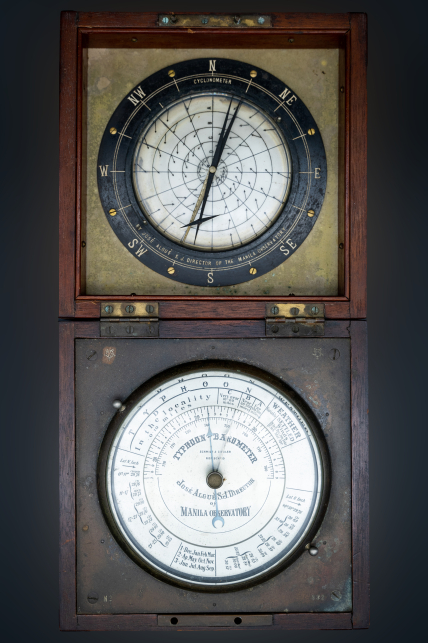
What’s the difference between a hurricane and a typhoon?
Hurricanes and typhoons are both tropical cyclones with maximum sustained surface wind speeds of 74 miles per hour or higher. The difference is all in the geography. In the North Atlantic, central North Pacific, and eastern North Pacific, the term “hurricane” is used. In the Northwest Pacific it is called a “typhoon”. In the South Pacific and Indian Ocean, they eschew both terms and use the generic term “tropical cyclone.” Learn more about hurricanes, typhoons, and cyclones.
The barocyclonometer was invented by Father José María Algué, a Jesuit priest and meteorologist who was the head of the Manila Observatory from 1898 to 1925. He worked for the U.S. Weather Bureau for part of that time, adapting the instrument to detect Atlantic hurricanes and storms. Father Algué also invented the nephoscope (a tool used to determine the motion of clouds) and a kind of microseismograph (an instrument used to record the motion of the ground during an earthquake, which could also be used to detect microquakes caused by storms at sea).
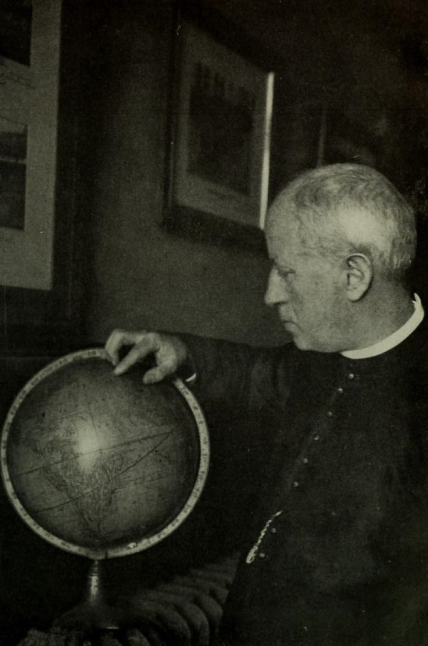
At the time, there was much civil unrest in the Philippines due to the Spanish-American War, and the patent papers were lost. This prevented Schmidt & Ziegler, the official manufacturer contracted to produce barocyclonometers as early as 1901, from properly patenting the instrument, so there were also imitations made by other companies.


